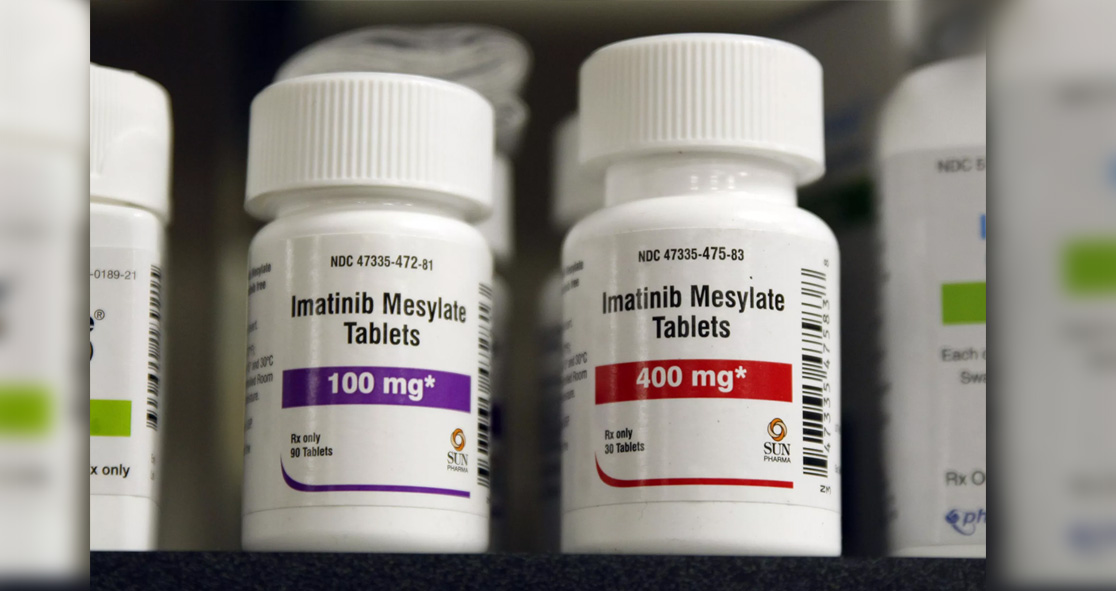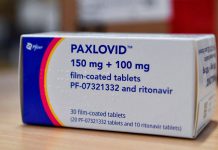A large retrospective review has shown that the majority of patients who started imatinib treatment for gastrointestinal stromal tumors (GISTs) received a generic drug that did mention that indication, according to MedPage Today.
Of the 2,000 patients who started imatinib therapy, about 50% has chronic myeloid leukemia (CML) and around 34% had GIST.
After three years of starting the therapy, more than 90% of patients in both groups received generic version of imatinib that had a label indication for CML but not for GIST, according to Bryan Scott Walsh, J.D., Research Fellow in Medicine (EXT), Brigham and Women’s Hospital.
Imatinib is used to treat certain types of leukemia and other cancers and disorders of the blood cells. It is also used to treat GIST, a type of tumor that grows in the walls of the digestive tract and may spread to other parts of the body. In addition, the drug is used to treat dermatofibrosarcoma protuberans.
The review, published in the Journal of Clinical Oncology, found that 85% of the patients with CML, GIST, or another condition started generic imatinib.
The findings highlight the FDA-approved practice of “skinny labeling,” which allows generic manufacturers to market their labels that include covered indications, such as CML for generic imatinib, but exclude indications still under patent protection, per MedPage Today.
Walsh said, “Skinny labeling is at the center of legal disputes between patent-holding brand-drug companies and generic manufacturers.”
“The purpose is to prevent the delay of generic drug approvals as a result of a drug getting subsequent approvals for new diseases after the initial approved indication,” he added. “If a manufacturer were to get another disease approved for their drug, then they would get another patent [that would extend exclusive marketing rights]. Skinny labels allow generic manufacturers to avoid the [patented-protected indications] and get to market in a timely fashion.”
The review found that generic imatinib use on initiation was slightly but significantly higher among patients with CML than for those with the patent-protected indication of GIST.
Walsh explained, “These findings really put into perspective the difference in median copays. If you compare a median copay of $7 for a generic with a median copay of $40 for the brand-name drug, that’s a big gap for a one-month prescription. That’s kind of the key point here. [Skinny labeling] is making drugs more affordable for patients.”
“We’re starting to see kind of copycat cases coming through the lower courts,” he added. “In one case, it’s not a generic manufacturer that’s being sued but a health insurer, based on its formulary. That’s going to be interesting to watch and see how the courts deal with a new type of defendant.” Walsh and other authors of the review said federal regulatory bodies should take the lead in providing guidance to preserve the beneficial effects of skinny labeling.























